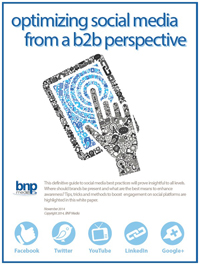New video addresses myth that BSE is a common threat to human and animal health
Bovine spongiform encephalopathy (BSE) is a major concern for beef producers around the world and generates headlines on the rare occasions it is found, but the newest Meat MythCrusher video rebuts the claim that it is a ‘common’ threat to human and animal health.
The video features Jeff Savell, Ph.D., animal science professor at Texas A&M University, who explains the significant reductions in BSE cases around the world since the early 1990s and the various steps the U.S. and other countries have taken to prevent BSE. The steps include a Food and Drug Administration rule that bans feeding cattle protein derived from ruminant animals; veterinary inspection of animals at meat packing plants and removal of specified risk materials such as the brain and spinal cord from at risk animals.
“What I feel great about is there have only been four animals here in the U.S. out of hundreds of millions of animals that have been diagnosed with BSE,” said Savell. “I have no fear that if there were one next year that it would not be something of great risk because of all the programs we’ve put in place.”
Savell also discusses why people cannot be exposed to BSE from eating beef and the difference between typical and atypical varieties of BSE. He explains that the BSE agent only accumulates primarily in brain and spinal cord tissue in infected cattle and these are banned from human consumption.
The Meat MythCrusher video series is produced by the North American Meat Institute in conjunction with the American Meat Science Association (AMSA), and seeks to bust some of the most common myths surrounding meat and poultry production and processing.
The series is now in its fifth year and the new video is the 42nd in the series. Altogether the videos have been viewed nearly 100,000 times. Other video topics include myths surrounding meat nutrition, antibiotic use in livestock, “Superbugs” in meat, Meatless Monday, hormone use in animals, ammonia in ground beef, grass-fed beef and more.
All of the videos and more are available at http://www.meatmythcrushers.com/.
Source: NAMI
Looking for a reprint of this article?
From high-res PDFs to custom plaques, order your copy today!









